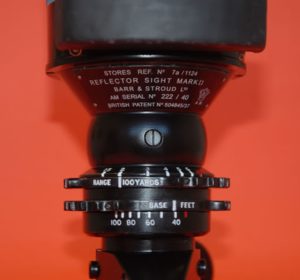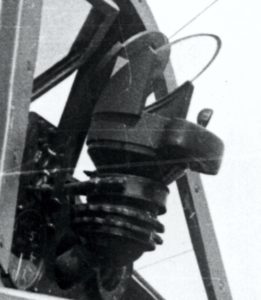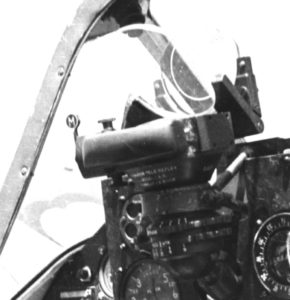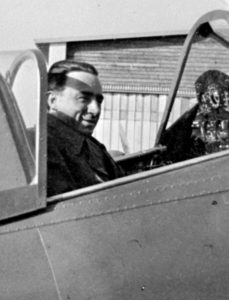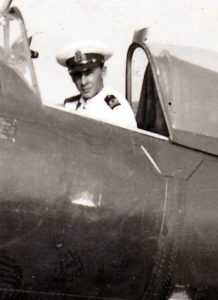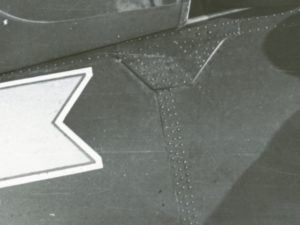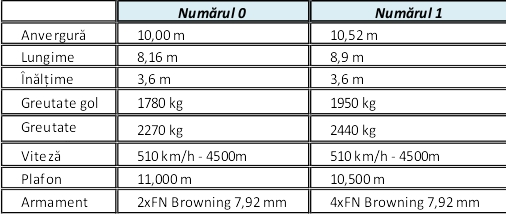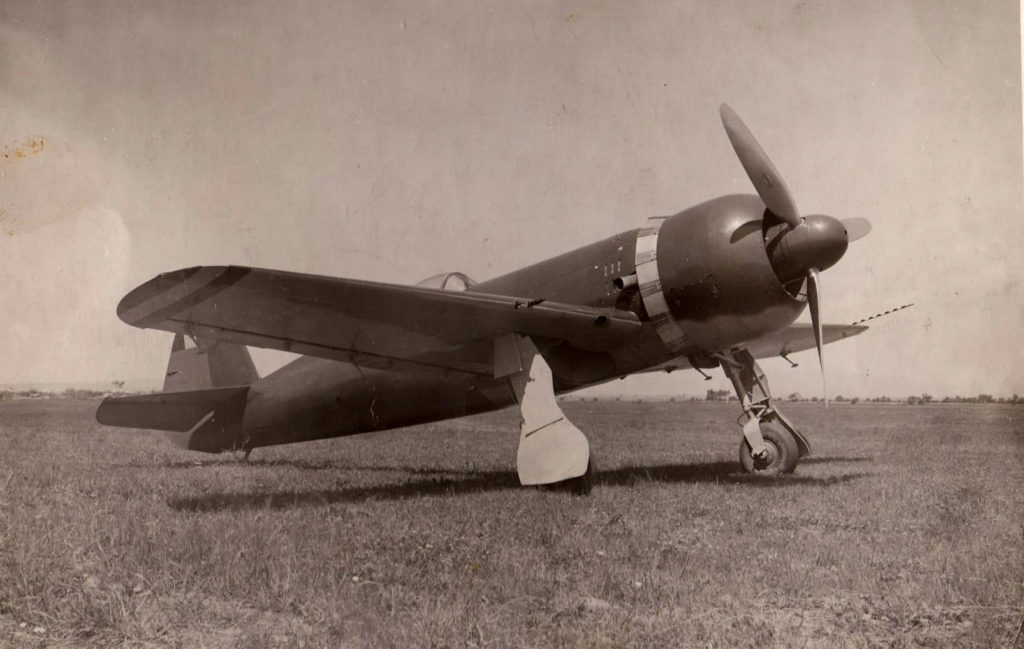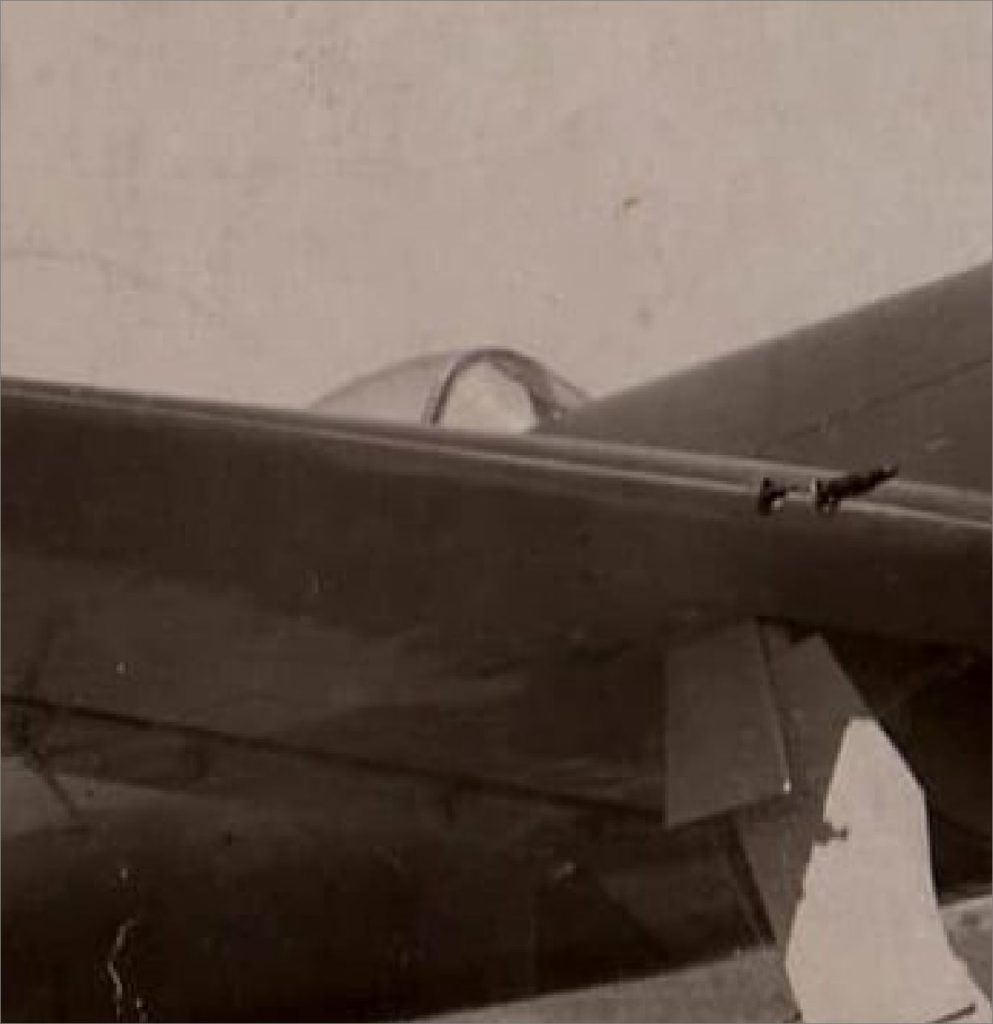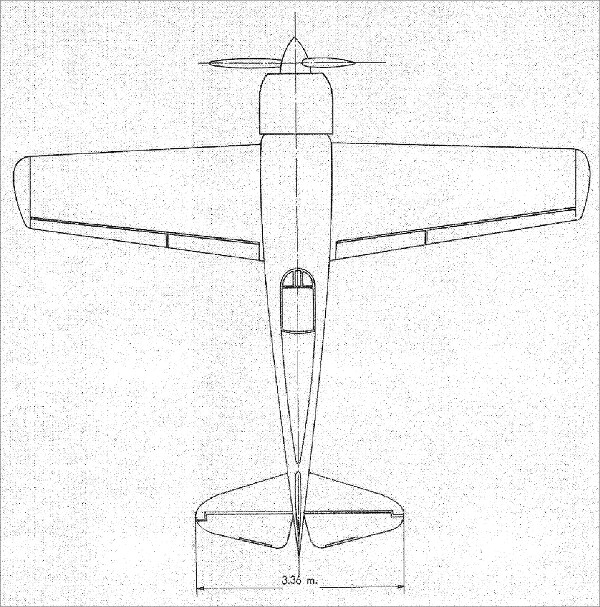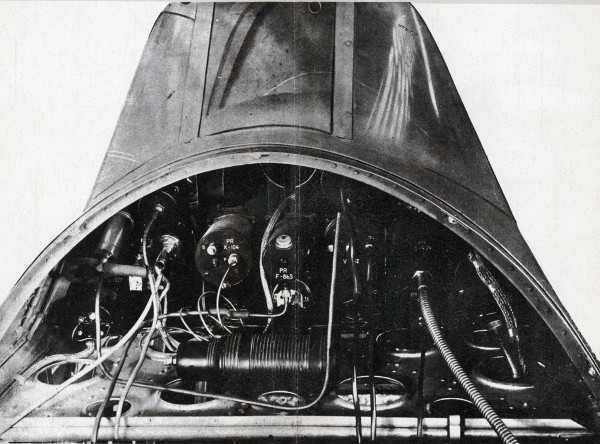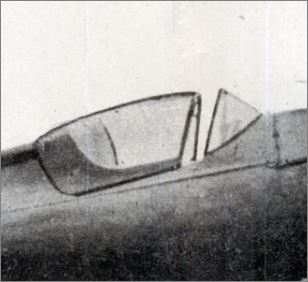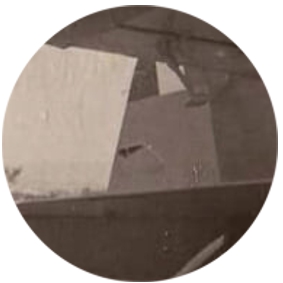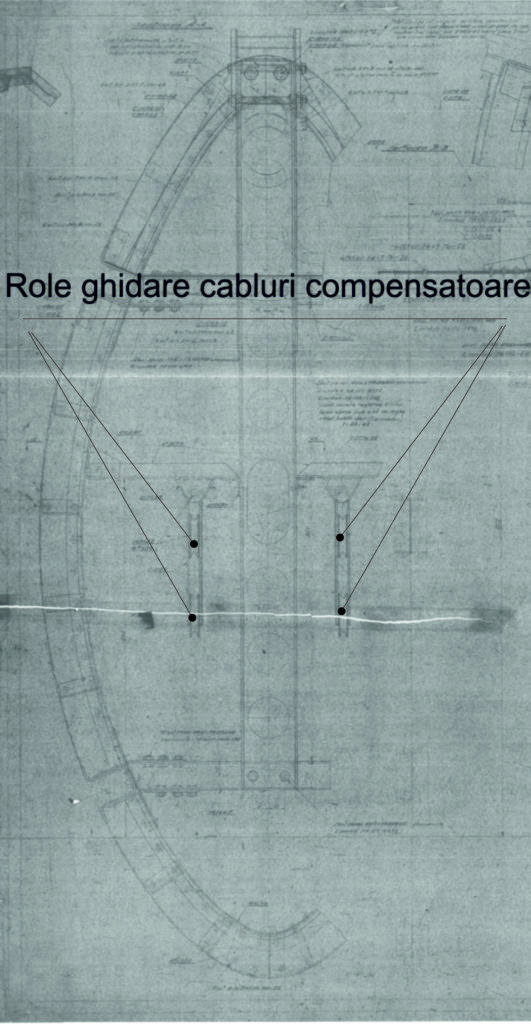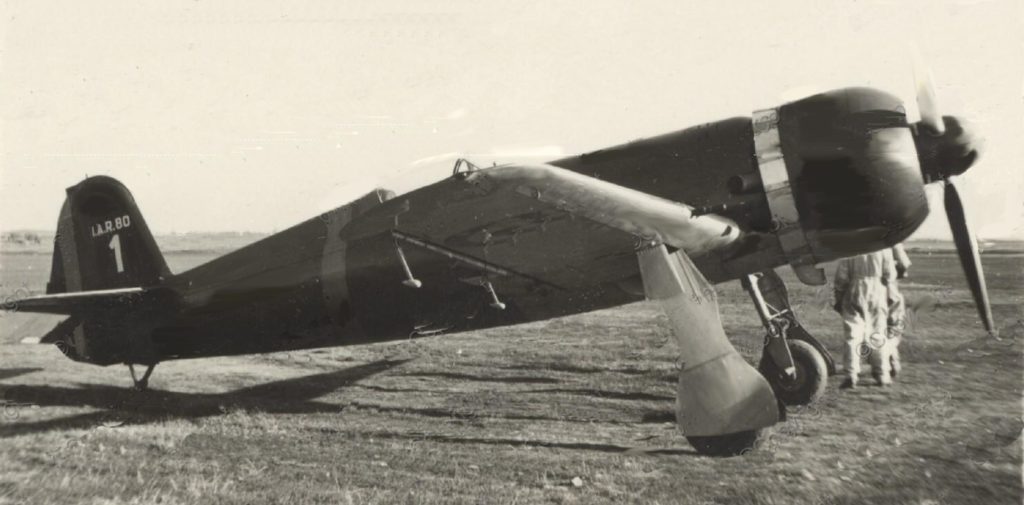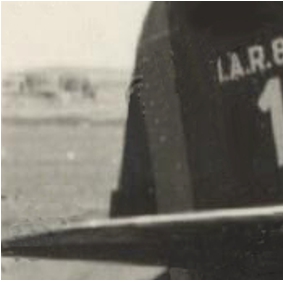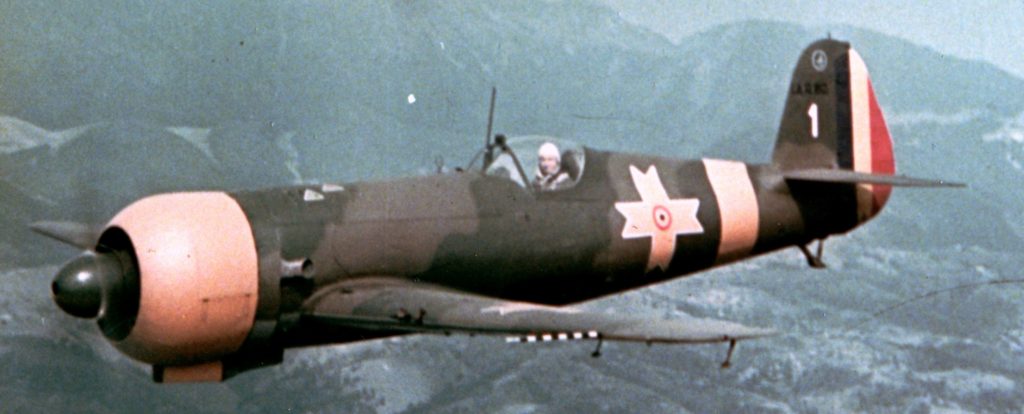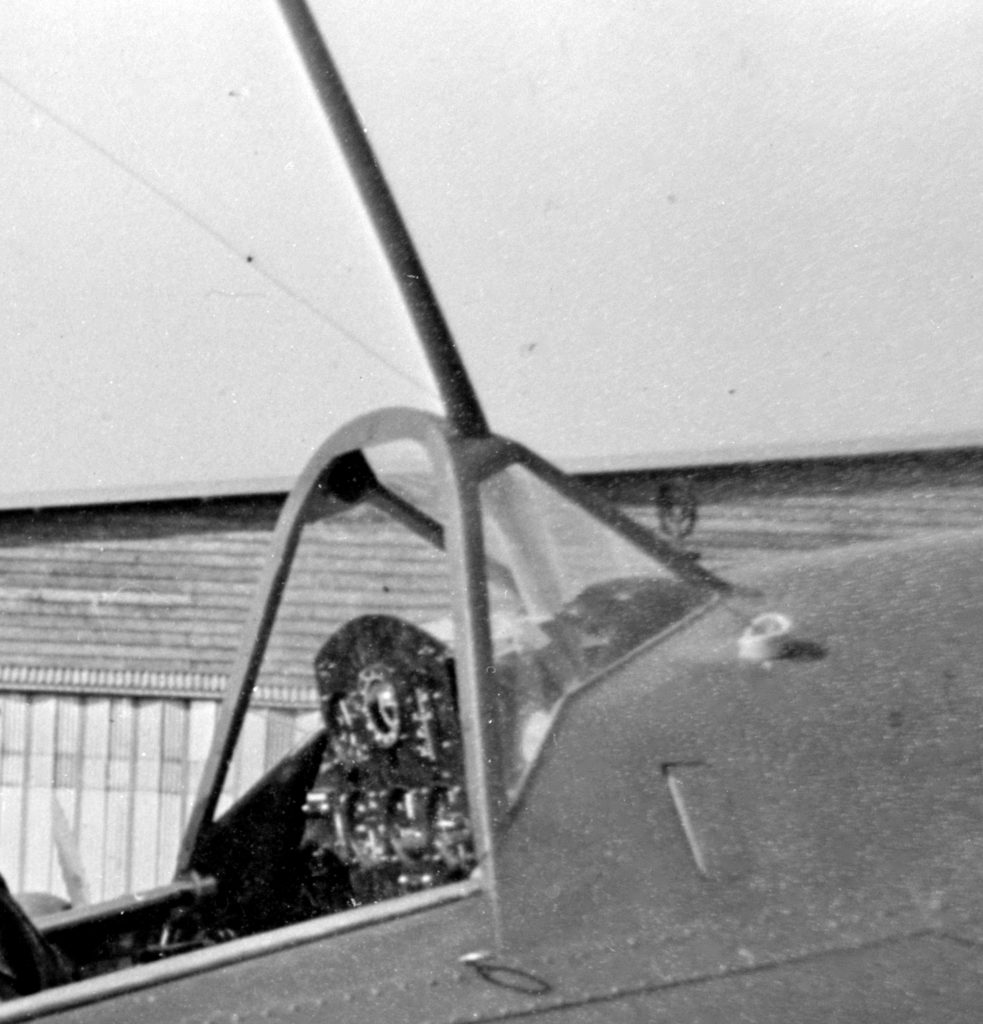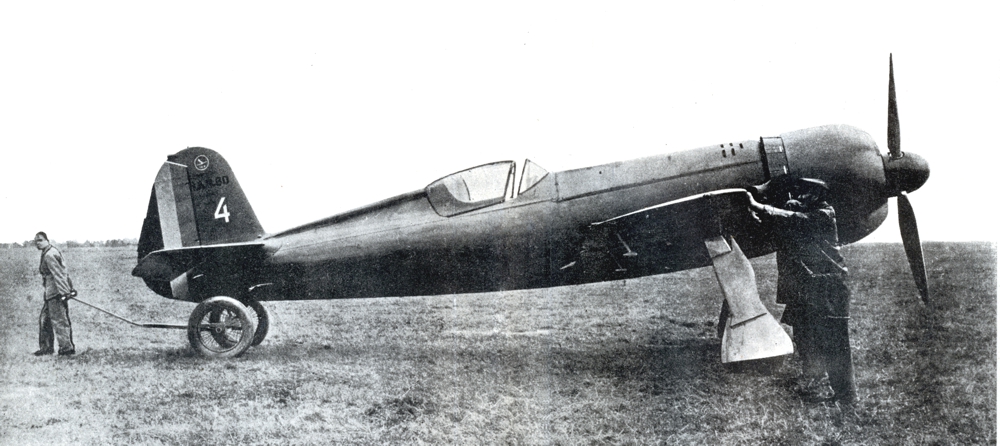In order to start the mass production, the Ministry of Air and Navy (Ministerul Aerului și Marinei – M.A.M.) draws up a Statement of Work (SOW), annex to Contract No. 2072/18 Dec 1939. This SOW places an order for a first batch of 50 fighters of the IAR 80 type, which were going to be manufactured by Regia Autonomă I.A.R. of Brașov.
The SOW specifies that the first 50 aircraft will be equipped with the IAR-14K IIc32 engine with an option for a second batch of 50 aircraft. The M.A.M. was going to specify, by March 1940 at the latest, the final engine of choice. It was probably hoped that Junkers was going to keep its promise to deliver the Jumo engines as initially t1hought.
To be noted that in the SOW I.A.R. has preserved the characteristics of the prototype and not of the modified variant – no. 1.
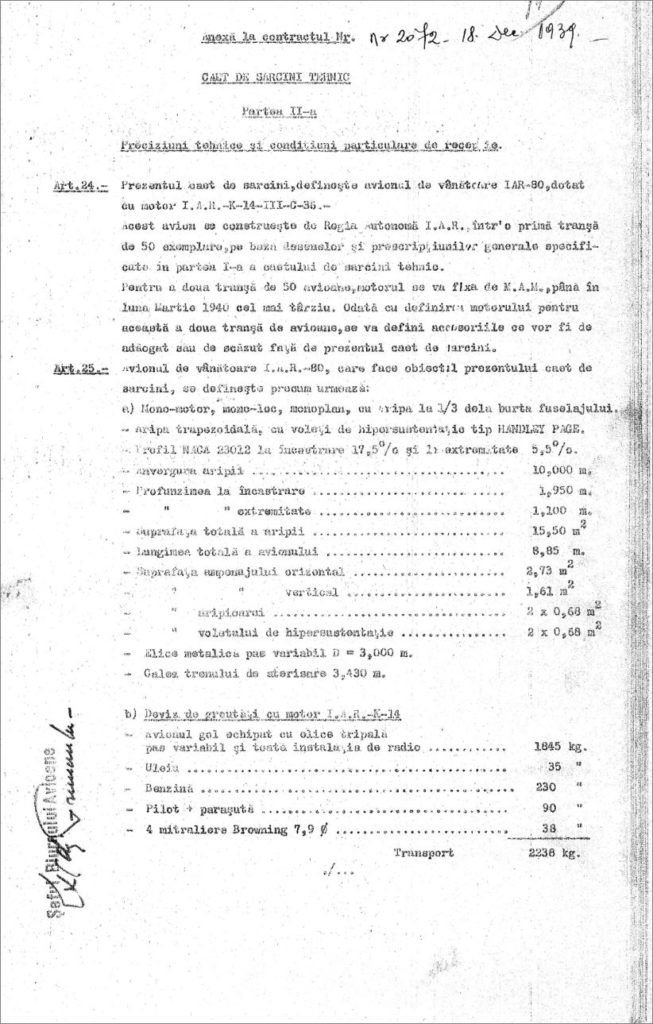
Production will begin in January 1940, the first deliveries to be expected towards the end of the same year.
No. 1 aircraft flew for the first time on July 10, followed by No.2 on July 19. The first five aircraft were ready for delivery on November 29, 1940.
By February 20, 1941, the first batch of 20 aircraft had been delivered, and by April 16, the entire batch of 50 IAR 80 aircraft had been delivered.
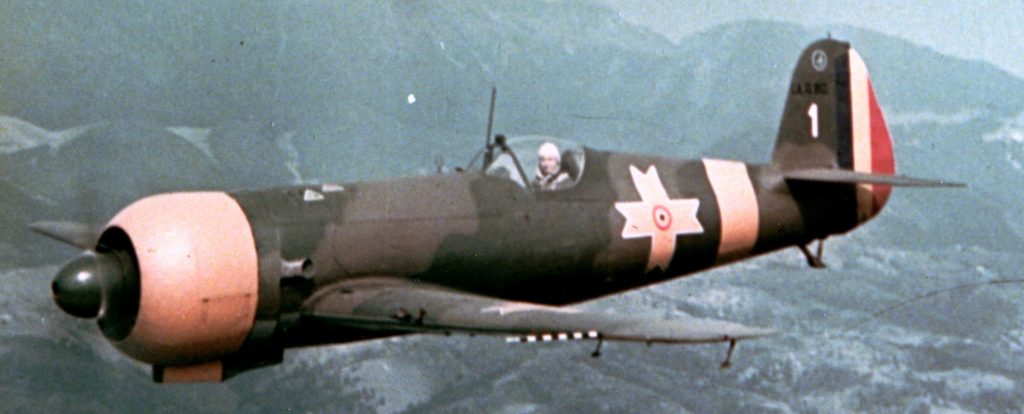
During mass production several changes were made depending on the requirements of the beneficiary or from observations made following flight tests.
Starting with number 21, the existing gunsight is replaced with a Goerz type. The related story is quite interesting:
"The British Air Ministry has launched increasing orders for the Bar & Stroud reflex gunsight which was considered top secret as it was going to equip Spitfires and Hurricanes. The company could not meet the orders and the Air Ministry asked them to find an external supplier. This was going to be CP Goerz of Vienna. The British Ministry of Air approves the contract and a set of secret drawings together with a complete gunsight will be sent to Austria. Despite of the Anschluss (March 12, 1938) the Vienner company will honor the contract with The British Ministry of Air until the entry of Great Britain into the war delivering about 700 gunsights known as GM2 Mk II. Its quality was considered superior to the British original [4.] "
And this is how the IAR 80 ended up to be equipped with an Austrian-made gunsight, manufactured under British license, identical to the ones used on Spitfires or Hurricanes, and supplied by Germany!.
Regarding the fuselage, during testing it was found that deformations would occur at the level of the V frame. It was decided to reinforce it with a belt initially mounted on the outside, fixed with four rows of rivets.
The reinforcing belt at frame V was kept on the outside until series number 95. From 96 onwards it was mounted on the inside and was riveted to 3 rows of rivets.
Production was split into several batches of aircraft, with different specifications as shown in the following table:
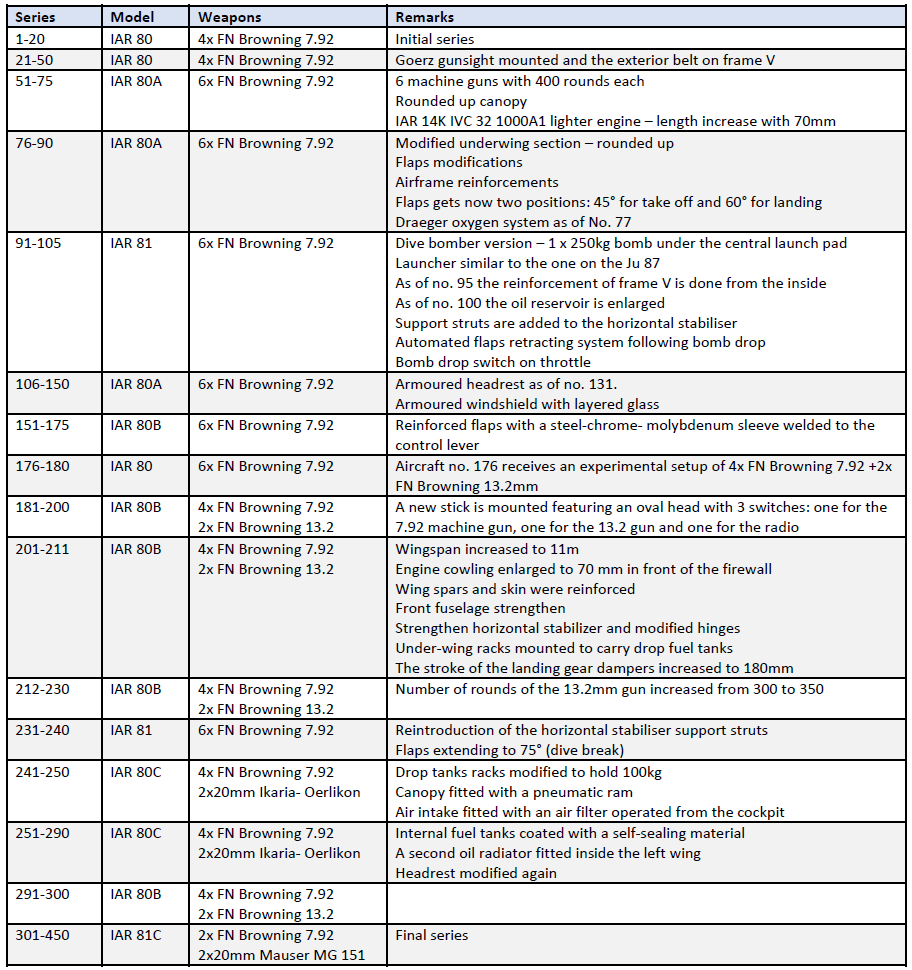
During production there were various problems reported by pilots flying the aircraft – components that malfunctioned abnormally often (instruments, sensors …) or serious structural defects – V-frame deformation, frequent rupture of the electron compass of the landing gear …
We will talk about all this in the next chapter.
to be continued: problems, problems …
Bibliography:
1. Dan Antoniu, George Cicos, IAR-80 "Le Héros Méconnu", Editura TMA Paris 2008
2. Horia Stoica, Dan Antoniu, Industria Aeronautică Romană I.A.R. 1925-1948, Braşov 2020
3. Radu Brînzan, Vânător Romanian Hunter - The I.A.R.80 & I.A.R.81 in ultimate detail, MMP 2014
4. http://spitfirespares.co.uk/gunsites.html

